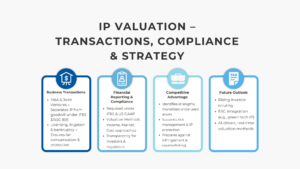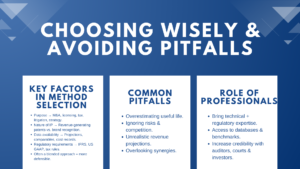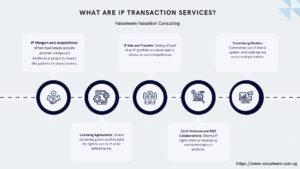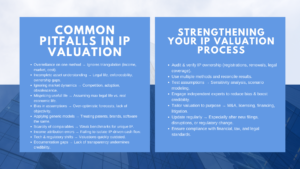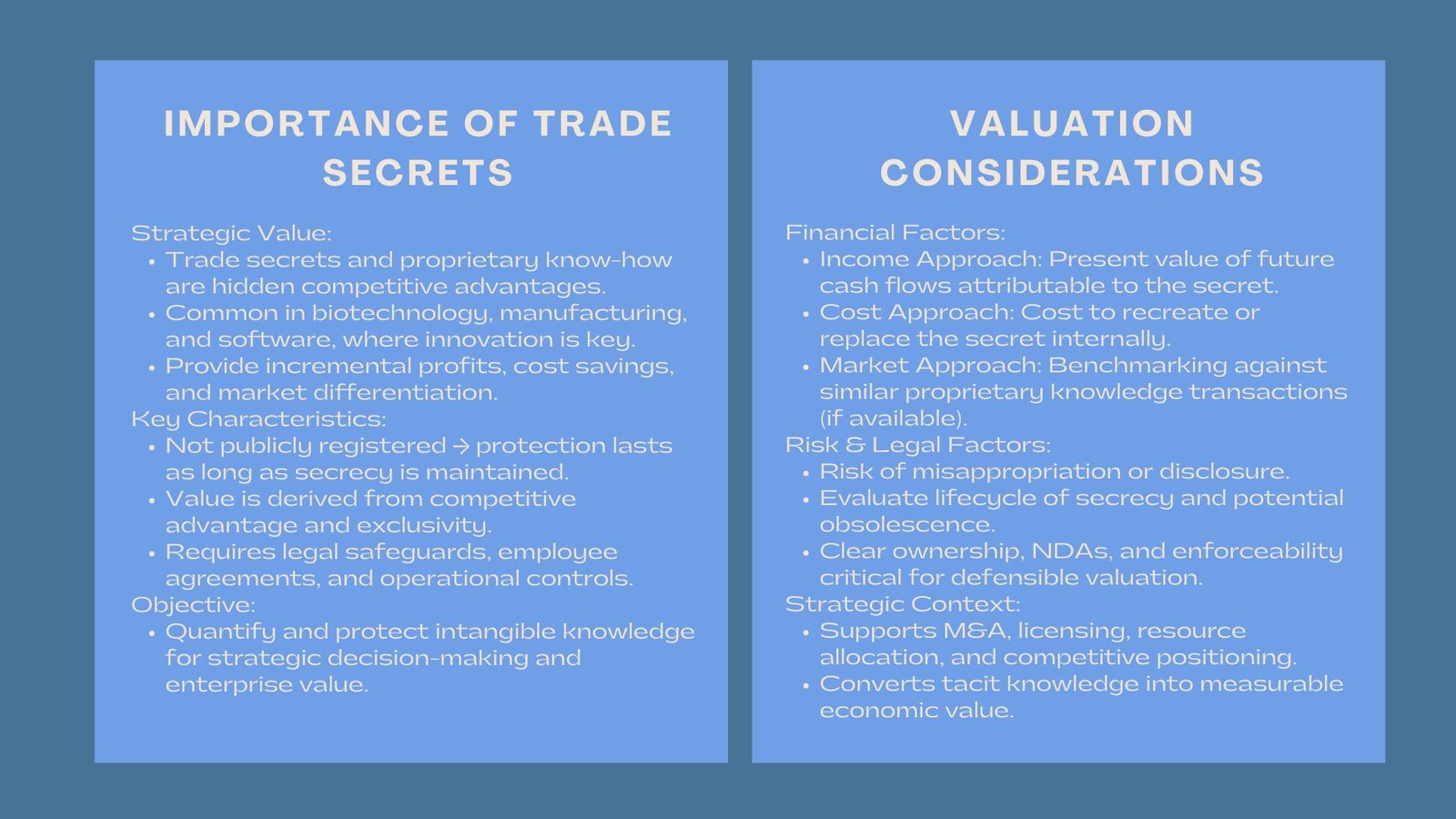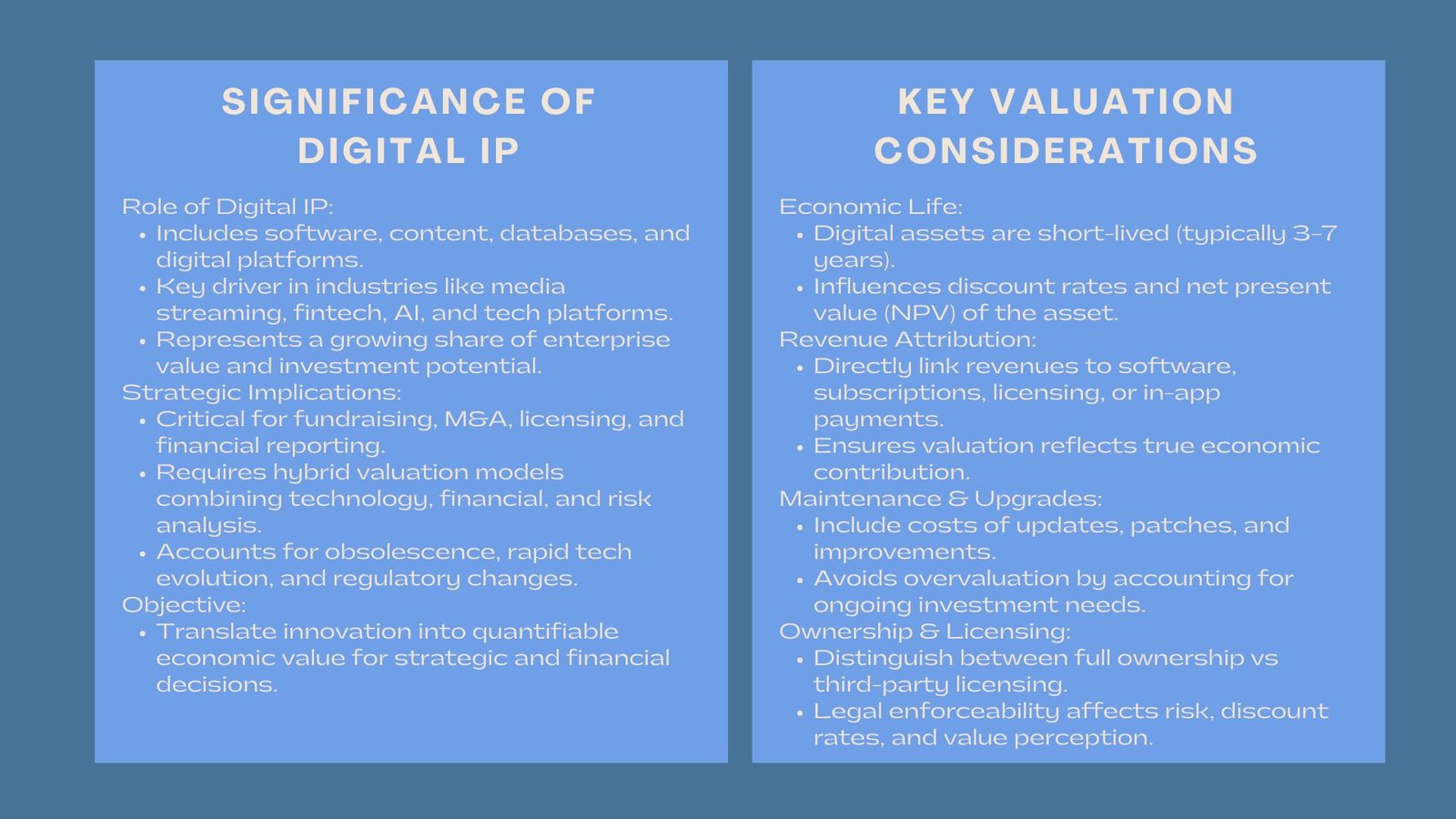
Certified Trademark and Brand Valuation Course
Trademarks and Brand Valuation: Measuring Marketing Power
Introduction: Certified Trademark and Brand Valuation Course
The most visible and intangible asset of the company is the trademarks and brands. A good brand name has the power to earn significant customer loyalty, high price and market share way beyond the physical product characteristics. In the case of Apple, Nike, or Coca-Cola, the brand value is provided in many magnitudes in comparison to tangible assets.
The correct valuation of being able to value a brand or trademark is a key ingredient of mergers, financial reporting, licensing and strategic management. It involves evaluation of quantitative and qualitative financial performance as well as the brand strength. In addition to accounting, brand valuation offers a strategic input to the effectiveness of marketing investments by the company along its objectives to convert them into long-term equity and market presence. The process of how to value trademarks and brand equity for financial reporting takes beyond perception of the customers, it also analyses how the brand enables future earnings as well as competitive positioning.
The major components that are normally used in a total brand valuation include brand awareness, perceived quality, emotional attachment and competitive differentiation. These aspects together with such financial syndicates as profitability and market share identify the overall power and stability of a brand. The most utilized methodologies are the relief-from-royalty approach, where it is estimated the value, using hypothetical royalty savings, and the income approach that estimates future brand-driven earnings based on these earnings and discounted to present value.
Approaches to Brand Valuation
Relief-from-Royalty Method:
Determines the worth of the brand valuation methods for marketing and M&A decisions by determining the current value of projection on royalties that would have been paid in licensing the brand. Purchase price allocations are generally agreed under the IFRS 3, and give a realistic model into measuring the financial gain associated with the possession of a brand.
This is an economic consideration of the benefits of possessing proprietary rights, as well as it does not incur the expenses of outward licensing. When projected properly it provides the direct correlation between rate of brand recognition and revenue streams in future and thus has become one of the sure and justifiable approaches to valuation of business in the financial reporting and merger and acquisition analysis.
Excess Earnings Method:
Attributes business profit after returns to the brand of other contributing assets like customer relations, technology and working capital. This approach places emphasis on the fact that the brand itself leads to incremental profitability keeping up with the market influence, repeat buying, and preference of its consumers. Isolating brand-driven earnings, the companies can know the particular contribution of brand equity to the performance of a business. It is also very convenient when the brand is a central figure in the buying behavior and customer loyalty.
Market-Based Benchmarking:
Compares the royalties/deals of brand licensing with other deals in the same industry. This method provides an outside benchmark on how the brand is valued and positioning on the market. It is commonly employed to authenticate outcomes of income-based methodologies or, to serve negotiation purposes in the licenses, joint venture, and acquisitions. Nonetheless, to make sure that benchmarking is reliable, one must keep in mind that similar brands should be selected and their differences in markets, geography, and the contracts should be considered to encourage fairness and accuracy.
In combination, these methods of valuation create an overall platform to determine the value of a brand and trademark. The merging of income-based and market-based approaches guarantee a balanced coverage of financial rigor and market-relevance so that companies could report brand assets in an open manner and justify the valuations at an audit, or due diligence.
Conclusively, such strategies replace the significance of strategic value of brand equity as quantifiable financial resource. Valued brands are frequently and correctly provided, not only enabling a better understanding of the finances but also intelligible actionable information to the marketing strategy, positioning and even investor relations. In a world where reputation and recognition are the key to performing well in the market, having a command of the brand valuation is important in ensuring long term business performance.
Brand Strength and Premium Assessment
Other qualitative indicators in brand valuation consist of customer awareness and loyalty, leadership in the market, geographical coverage, legal shielding, and the success of the marketing spending. These are non-financial drivers that will help in the knowledge of how much a brand is ingrained in the consumer psyche, and how effectively it can withstand competition. An example illustrating this point is where a highly loyal brand and a global brand has an opportunity to maintain high prices and be able to generate stable cash flows even in unstable markets. Equally, the economic advantages of the brand and reduction of reputation risk are secured by legal protection, i.e. registered trademarks and enforcement rights.
The analysis of market leadership can be made through the assessment of the relative positioning of the brand in the industry, differentiation of the competitive model and voice share. Geographic presence, however, defines the scalability of brand equity, in different regions and cultures, to different extent. An internationally known brand such as Coca-Cola or Samsung has a stable customer loyalty and generates value spilling to other areas other than its products. These qualitative dimensions assist the analysts to infer on the sustainability of the financial returns of a brand in the long run as well as its possessiveness to draw investments or strategic alliances.
Effectiveness of the marketing expenditure is also another essential part of the brand valuation. Those companies most effectively translate marketing investments into effective brand equity, in customer engagement, customer retention, and customer advocacy enjoy more returns as regards assets related to brands. The efficiency usually is measured through studies of costs of acquisition of customers, surveys of brand recall and actually lifetime value of loyal consumers.
The application of global standards also includes standardized principles of brand valuation that are presented as global standards such as ISO 10668, which lays much emphasis on transparency, validity, and reliability of assumptions. This standard is a combination of financial, behavioural and legal view, as a result, valuation deliverables are objective and defendable cross jurisdictural. It also fosters transparency in the manner that organizations measure and report their brand relevance, which is helpful on the internal decision-making level and external reporting of financial statements.
Finally, considerations of both quantitative and qualitative dynamics in brand valuation development would produce a more comprehensive idea of what is actually behind the successful establishment of businesses. Brands are more than just a number, but a symbol of trust, reputation, emotions, and other intangibles that might shape a market power of a company decades long. Companies that observe strict valuation models like ISO 10668 are able to boost investor confidence, better governance and also use their brands as their competitive strategies in the international arena.
Conclusion
Brands are living things, they are dynamic as the consumer feeling, innovation and even social image. The strict brand valuation is not only a measure of financial value, but also resources distribution, marketing, and informing investors. As the intangible-based economies are still growing, the encounter of the intersection of the brand equity with enterprise value becomes an essential part of corporate prosperity.
Besides, brand valuation can give practical advice to the senior management to make informed decisions regarding product or geographic expansion and optimization of the portfolios. Those companies that periodically understand the strength of the brand are able to detect weak areas, spend marketing funds in a more efficient manner, and focus on those actions that would add value to the company in the long-term. Correct valuation also leads to improvement in transparency among the investors and stakeholders as it provides demonstration of how the company utilizes its intangible assets to generate sustainable competitive advantage.
Moreover, a brand valuation is fully documented, which is useful in strategic dialogues in case of a merger or acquisition or even a licensing agreement. It offers an acceptable ground on which royalty fees, acquisition costs and investment value can be arrived at, where both parties will appreciate the economic value of the brand. Using financial acumen and qualitative understanding, companies can make brand evaluation more than a compliance brutality and a strategic instrument capable of leading to growth, commitment, and share prices.
Finally, the brands are not symbols only; they are quantifiable properties that support the corporate identity and positioning in the market. Learning how to estimate the brand value will help organizations utilize their intangible power to attain success much like marketing, financial and strategic goals when it comes to surviving competitive global markets over time.


